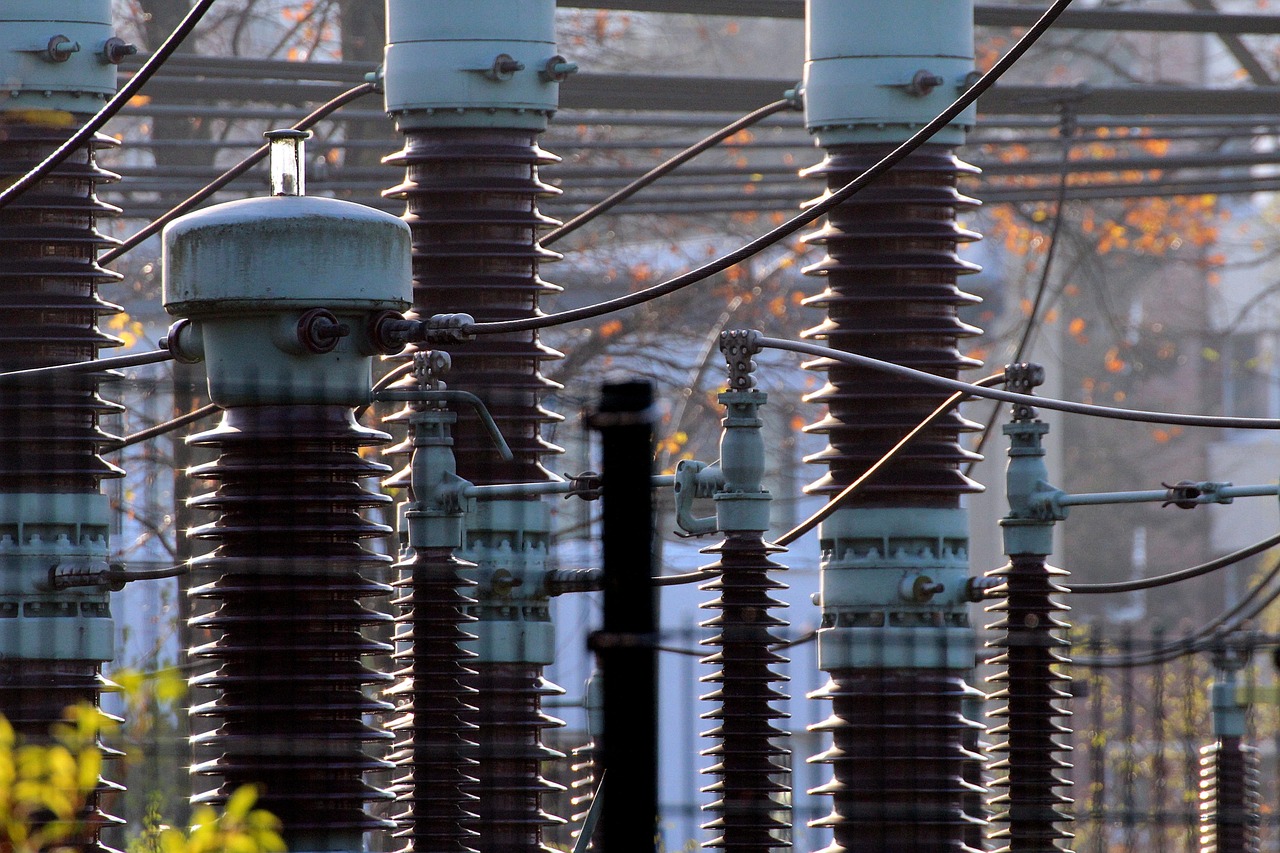A Region on the Rise
Central Africa’s oil and gas sector is undergoing a profound transformation in 2025. Far from a static industry, it’s a dynamic landscape marked by strategic investments, technological innovation, and a clear focus on long-term growth. From the Congo Basin’s vast potential to Cameroon’s refining ambitions, countries like the Democratic Republic of Congo (DRC), Republic of Congo (Congo-Brazzaville), Chad, Equatorial Guinea, and Gabon are shaping their energy future. Major players like TotalEnergies, Perenco, and Trident Energy are at the forefront, driving exploration and production with a renewed sense of optimism. This year’s story is one of resilience and reinvention, as the region balances the economic imperative of energy production with the critical need for environmental stewardship and sustainable development.
A Look at the Key Players

Democratic Republic of Congo (DRC): The Untapped Giant
The DRC is positioning itself for a major comeback. After a period of stasis, the country has opened up 52 exploration blocks, a clear signal of its pro-investment stance. The 2024 offshore discovery by Perenco—the first in nearly 30 years—has ignited new excitement and demonstrated the immense, untapped potential of its offshore reserves. The government is actively promoting transparency and empowering its national oil company, signaling a commitment to attracting foreign direct investment. However, this growth comes with a significant challenge: balancing exploration with the preservation of critical ecosystems, particularly the vast Cuvette Centrale peatlands, which are crucial for global climate stability.
Republic of Congo (Congo-Brazzaville): The Production Powerhouse
Congo-Brazzaville is on a determined path to double its oil production to 500,000 barrels per day by the end of 2025. The strategy is two-fold: revitalizing mature fields and launching new projects. TotalEnergies’ $600 million investment in the Moho Nord field and Perenco’s focus on upgrading mature assets are key to this ambitious target. The country is also investing heavily in infrastructure, with projects like the Brazzaville-Kinshasa bridge designed to improve regional logistics and support the energy sector. These strategic projects and strong partnerships with international majors are set to enhance Congo-Brazzaville’s profile as a regional oil leader.
Cameroon: Refining for Self-Sufficiency
Cameroon is carving a niche for itself by focusing on both upstream production and downstream refining capacity. Exploration efforts are centered in the Douala and Rio-del-Rey basins, with companies like Chevron and Perenco leading the charge. The expansion of the Kribi-Limbe refinery is a significant step towards meeting domestic fuel demand and reducing reliance on imports. By reinforcing local content laws and prioritizing pipeline maintenance, Cameroon is building a stable and transparent environment for investment, even as it navigates security challenges in certain regions.
Chad: Sustaining the Flow
Chad’s oil sector is a cornerstone of its economy, with production stabilizing at around 120,000 barrels per day. The Chad-Cameroon pipeline remains a critical lifeline, and ongoing discussions about its expansion reflect the country’s desire to accommodate new discoveries. Chad is cautiously liberalizing its fiscal terms to attract new exploration investment and ensure the long-term sustainability of its production levels. Key players like TotalEnergies and CNPC are driving these efforts, but operational stability is a constant concern due to regional security issues.
Equatorial Guinea: Diversifying with Gas
Equatorial Guinea stands out for its balanced approach, leveraging both oil and gas resources. New offshore discoveries, led by Marathon Oil and GEPetrol, are boosting production. More importantly, the country is actively expanding its gas infrastructure, including the Punta Europa Refinery and LNG plant, to diversify revenue streams and mitigate the impact of fluctuating crude oil prices. Its attractive licensing rounds and emphasis on local partnerships are key to maintaining its position as a top regional producer.
Gabon: Technology and Sustainability
Gabon is using technology to extend the life of its oil fields. With production around 200,000 bpd, the country is expanding exploration licenses while investing in modernizing its refineries and pipeline networks. The focus on enhanced oil recovery and digitalization, often through joint ventures with partners like TotalEnergies, reflects a forward-thinking strategy. Gabon is also tightening environmental regulations, demonstrating its commitment to balancing economic gains with ecological responsibility.
Regional Integration: A Shared Vision
The future of Central Africa’s energy sector lies in collaboration. The Chad-Cameroon pipeline is a prime example of successful regional integration. Further discussions on cross-border infrastructure, such as potential interconnections between Congo-Brazzaville and Gabon, are gaining momentum. Regional bodies like CEMAC are working to harmonize policies, which will improve energy trade and stability. As these countries navigate the complexities of global market dynamics and environmental scrutiny, their collective efforts in technology adoption, local capacity building, and regional cooperation will be key to unlocking the full potential of their energy sector for generations to come.
Outlook: A Resilient and Evolving Sector
Central Africa’s oil and gas sector in 2025 is not just about extracting resources; it’s about building a resilient, integrated, and sustainable energy future. The focus on new discoveries, technological upgrades, and regulatory reforms signals a mature and forward-looking approach. While challenges like environmental concerns and geopolitical risks persist, the strategic investments and a shared vision for regional integration paint a picture of a sector poised for continued growth and long-term relevance.


